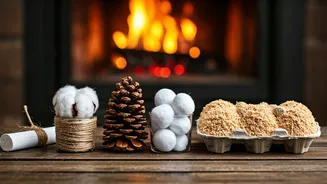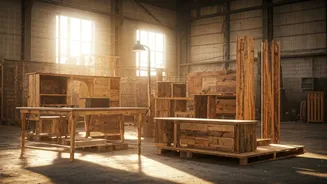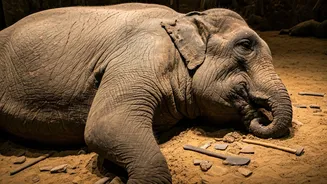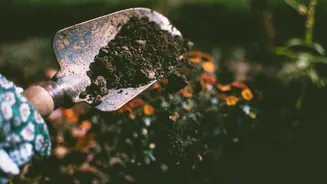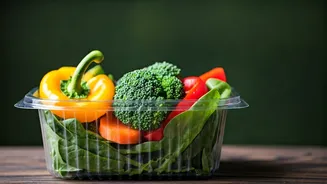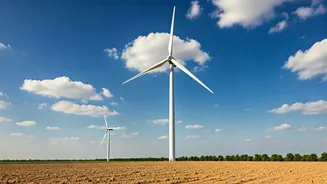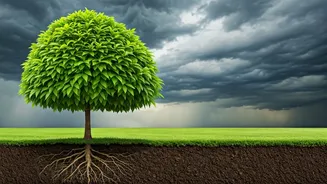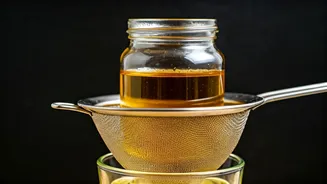Wax-Dipped Cotton Balls
One of the simplest fire starters involves a combination of readily available materials: cotton balls and wax. Start by gathering your cotton balls, ensuring
you have a sufficient quantity based on how many fire starters you intend to make. Next, melt some wax using either a double boiler or a heat-safe container in the microwave. Once the wax is fully melted, carefully dip each cotton ball into the wax, ensuring it’s completely coated. Use tongs or a fork for easy handling and to prevent burns. Allow the wax-covered cotton balls to cool and harden completely on a non-stick surface, like parchment paper. This creates a wax barrier that helps the cotton balls burn longer, providing a sustained flame. These are ideal for damp conditions and light them very easily.
Egg Carton Fire Starters
Recycling is at the heart of this fire starter method, turning used egg cartons into useful fire-starting aids. Begin by gathering cardboard egg cartons (the paper or pulp kind work best). Cut the egg carton into individual cups, each serving as a vessel for a fire starter. Next, fill each cup with a combination of dry materials that readily catch fire. Excellent options include dryer lint, sawdust, or shredded paper. A few drops of melted wax, poured over the lint or other filling, can significantly improve the burning duration. The cardboard itself will also contribute to the flames. Once filled, you can store these in a dry area ready for use. When it's time to light the fire, simply place an egg cup under the kindling and light it with a match.
Sawdust and Wax Cups
Utilizing sawdust and wax presents another effective and cost-efficient fire-starting option. Begin by collecting sawdust, ideally from untreated wood, as this will burn more safely. You'll also need wax, which can be sourced from old candles or purchased in blocks. Similar to the wax-dipped cotton ball method, the wax should be melted in a double boiler or microwave-safe container. While the wax melts, prepare your containers; small paper cups, muffin liners, or even egg carton cups work well. Mix the sawdust and melted wax together thoroughly, ensuring all the sawdust is coated. Carefully pour the sawdust-wax mixture into the chosen containers and let it cool until it solidifies. The wax acts as a binder and fuel source, while the sawdust provides ample surface area for the flame to catch, resulting in a reliable fire starter.
Pinecone Fire Starters
Pinecones, readily available in many natural settings, provide an excellent base for DIY fire starters. Begin by collecting pinecones, selecting ones that are dry and open. Melt wax using a double boiler or microwave. Then, immerse the pinecones in the melted wax, ensuring every nook and cranny is coated. Allow the excess wax to drip off, then place the wax-covered pinecones on a non-stick surface, such as parchment paper, to cool. Optionally, you can add dry herbs or spices to the wax before coating the pinecones to add a pleasant aroma to your campfire or fireplace. These wax-covered pinecones light easily and burn for an extended period, making them great for larger fires.
DIY Candle Stubs
Repurposing old candles or candle stubs is a practical way to create fire starters while minimizing waste. Collect leftover candle pieces and melt them down in a double boiler or a heat-safe container. Once melted, add a small amount of cotton or hemp wick from your leftover candles for a nice touch, or you can even use small pieces of cotton balls or cotton fabric dipped in wax. Pour the melted wax into small molds or containers, such as muffin tins or small paper cups, allowing the wick to extend upward. Allow the wax to cool and harden completely before using. The result is a simple, effective fire starter that's essentially a miniature candle. These starters are easy to light and provide a reliable flame, and are especially great for starting fires in windy conditions.
